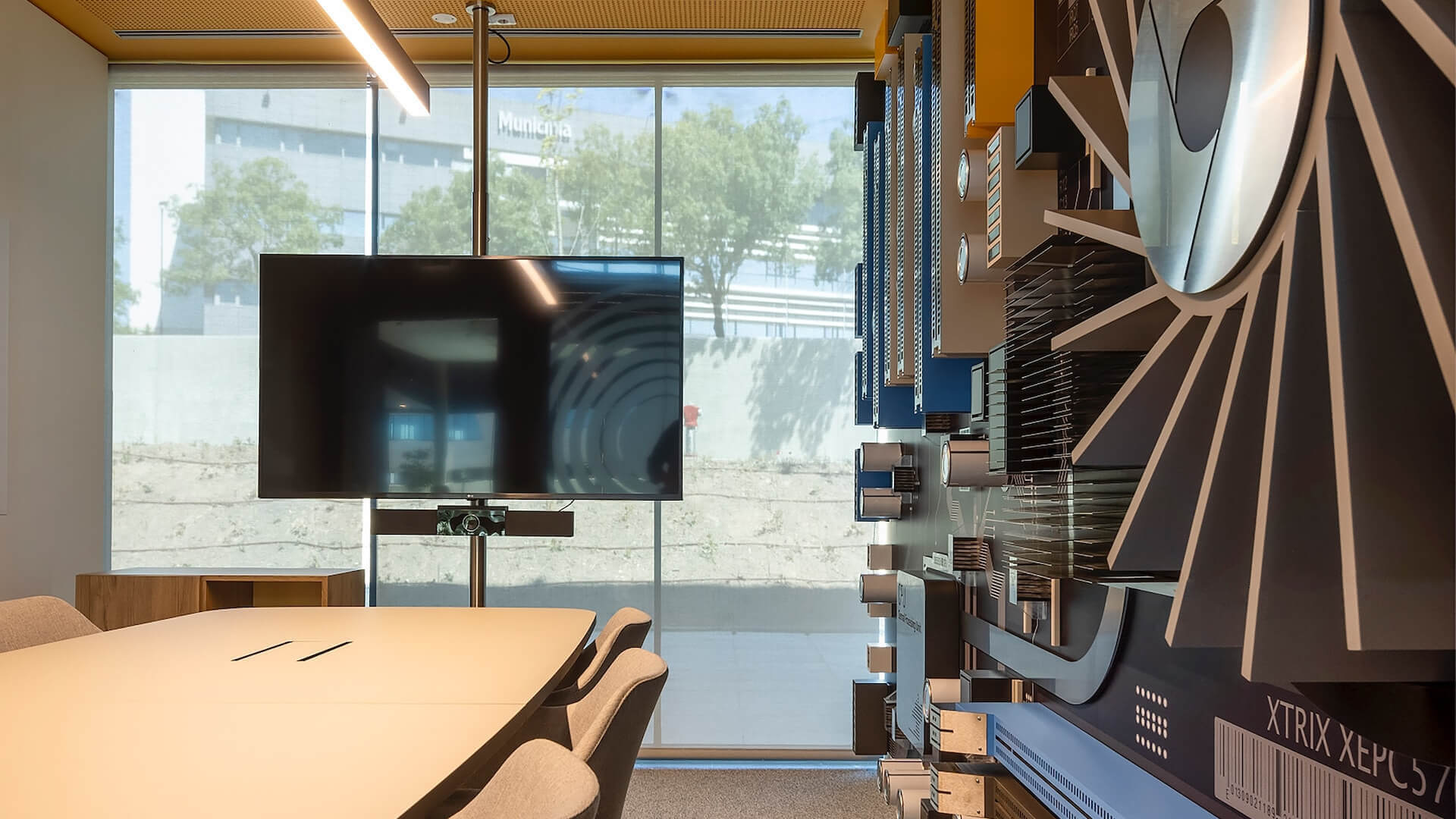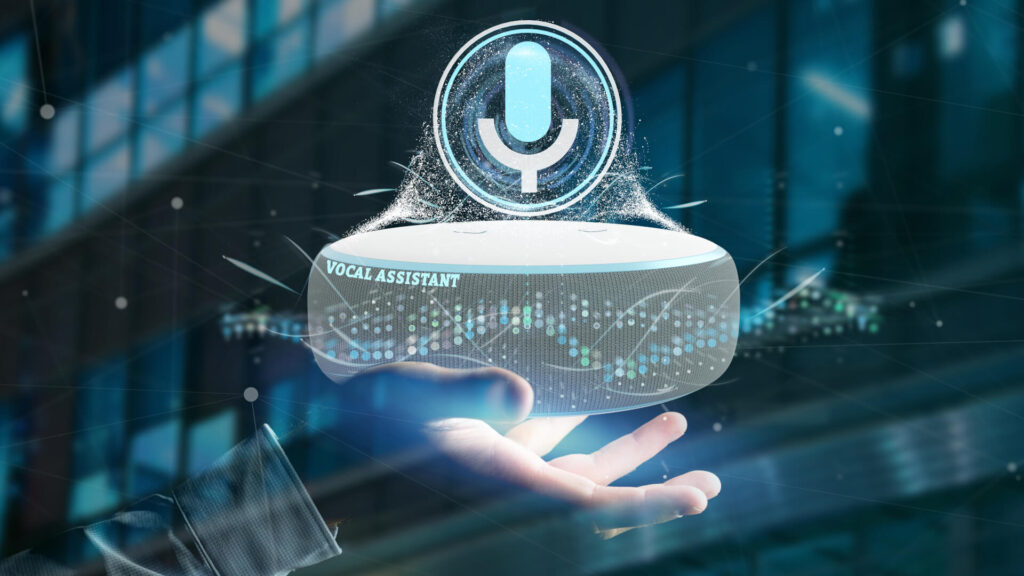Intelligent power management: maximize efficiency, minimize costs, protect devices
Intelligent power management combines energy efficiency, reliability and sustainability. Automated control, monitoring and protection mechanisms significantly reduce operating costs, minimize service costs and sustainably extend the service life of technical systems.

Challenges in everyday life
- Rising energy costs: Uncontrolled standby consumption drives up electricity bills.
- Service costs: Malfunctions require technician call-outs and can lead to expensive downtime.
- Equipment wear and tear: Voltage fluctuations and switch-on peaks shorten the service life of AV and IT equipment.
Core components of an intelligent solution
-
Power Monitoring & Reporting
Recording and analysis of performance data in real time – the basis for targeted cost reduction and performance optimisation. -
Automated power management
-
Time-controlled switch-off in idle mode
-
Threshold-based power cycling (auto-ping, threshold values)
-
Sequenced switch-on/switch-off to protect sensitive systems
-
-
Multi-Stage Protection
Combined overvoltage, undervoltage and EMI/RFI protection as well as inrush current elimination for maximum device protection. -
Remote service & remote maintenance
-
SNMP/cloud notifications in the event of faults
-
Targeted restart via VPN or media control
-
Log file analysis for error prevention
-

Proven advantages
-
Up to 70 % energy savings in conference room scenarios through load control and standby switch-off
-
Reduced service costs thanks to automated restarts and remote fault diagnostics
-
Extended service life of AV and IT equipment thanks to overvoltage and inrush protection
-
Sustainability: fewer CO₂ emissions thanks to optimised energy use
Implementation recommendation
-
Analyse demand: Determine consumption patterns of your appliances.
-
Define the scope of the solution: Select suitable PDU or UPS configurations with intelligent control.
-
Plan integration: Integrate monitoring and remote maintenance into your existing infrastructure (API, media control).
-
Rollout & fine-tuning: Start with pilot areas, validate savings and scale up gradually.
Technologies and standards in the AV network infrastructure
Audio over IP (AoIP)
AoIP technologies such as Dante, AES67, AVB from Biamp or Ravenna enable the transmission of audio signals via standardized networks. The advantages include:
- Low latency times
- High flexibility in device networking
- Reduced cable requirements
Video over IP
Standards such as NDI (Network Device Interface) or SDVoE (Software Defined Video over Ethernet) are used for the transmission of video signals via networks. These enable:
- Scalable video transmission in 4K and beyond
- Low latency with high image quality
- Efficient use of existing network resources
//Conclusion:
With intelligent power management, you can sustainably reduce costs, protect your investments and actively contribute to your environmental footprint. Contact DVC today for a personalised consultation and secure long-term efficiency gains!










